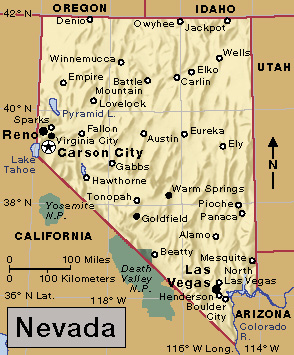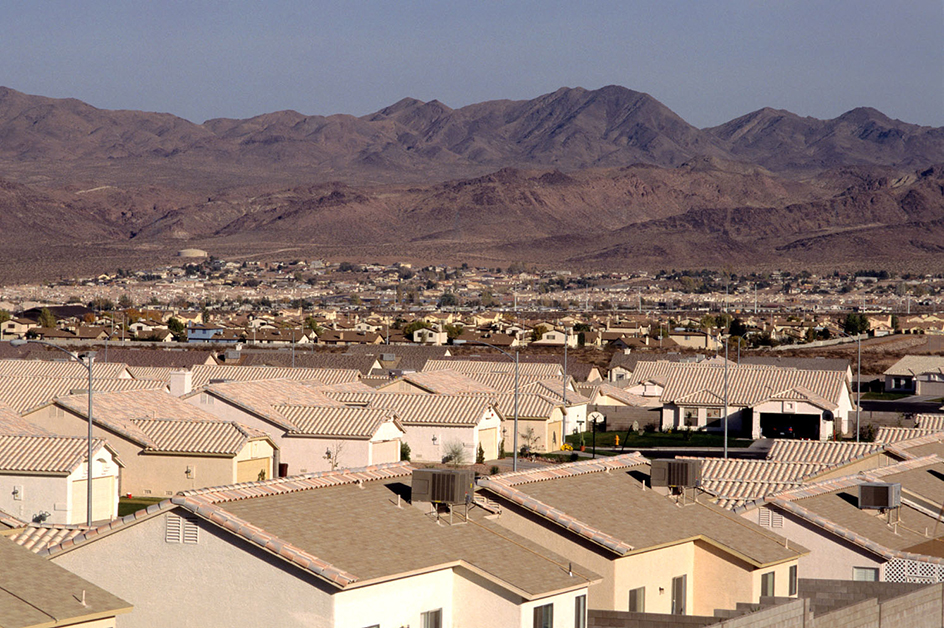Henderson (pop. 317,610) is one of the largest cities in Nevada and one of the fastest-growing cities in the United States. It lies in southern Nevada on desert land at the southern end of the Las Vegas Valley. It is about 10 miles (16 kilometers) southeast of the city of Las Vegas. Henderson has a council-manager government. The city was incorporated in 1953.

Such economic activities as chemical manufacturing, retail trade, hotels and entertainment, and health, educational, and social services are leading sources of employment in Henderson. The city is home to Nevada State College, Roseman University of Health Sciences, and the Clark County Museum. Henderson’s attractions include a number of golf courses, casinos, and art galleries. Just east of Henderson is Lake Mead, the reservoir behind Hoover Dam. The lake is the center of a national recreation area.
During World War II (1939-1945), the United States government chose the Henderson area as the site for a huge magnesium refinery. Magnesium and its alloys are valuable in the manufacture of such items as airplanes and rockets. After the plant opened, thousands of workers moved to the area, which then was known simply as Basic Townsite. The plant soon produced more of the metal than the country needed, and in late 1944, the federal government shut it down. In the late 1940’s and early 1950’s, however, Nevada bought the magnesium plant from the federal government and sold parts of it to private companies.

Henderson became one of the fastest-growing U.S. cities during the 1990’s, when it grew by about 110,000 people. The city grew by another 142,000 people during the first two decades of the 2000’s. Henderson is now Nevada’s second largest city, after Las Vegas. Las Vegas greatly influenced Henderson’s growth, helping Henderson to become known more for its residential areas than for its industrial complex.
